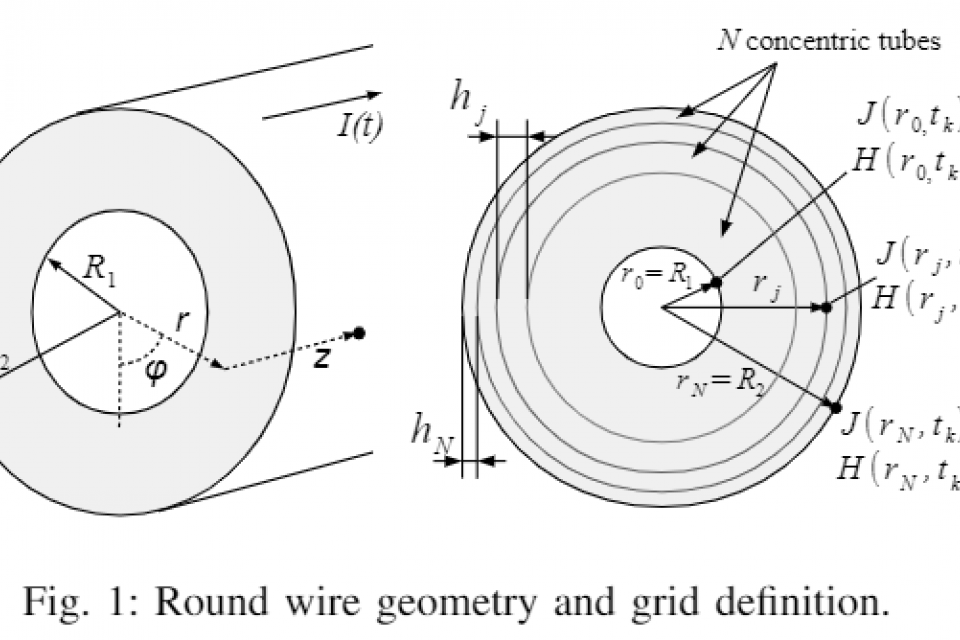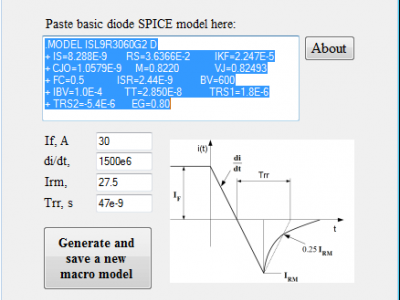Datasets
Standard Dataset
Supplementary materials: Round and tubular wire skin effect modeling and usage SPICE as Maxwell's equations solver
- Citation Author(s):
- Submitted by:
- Denys Zaikin
- Last updated:
- Wed, 11/27/2024 - 05:06
- DOI:
- 10.21227/1a7s-k636
- Research Article Link:
- Links:
- License:
 133 Views
133 Views- Categories:
- Keywords:
Abstract
This work presents a sub-model of round or tubular wire with skin effect simulation. The model is based on numerical solving Maxwell's equations, using a time-domain simulator as a numerical analysis tool. The geometry of round wire is divided by the number of concentric tubes of variable thickness. Finite difference numerical equations for field and current density are adapted for the time-domain simulator. Voltage drop across the wire is calculated using current density in the outermost layer surface and external inductance of the wire. A simple software has been created to automate the model creation. Simulation results are presented for time and frequency domains.
This work presents a sub-model of round or tubular wire with skin effect simulation. The model is based on numerical solving Maxwell's equations, using a time-domain simulator as a numerical analysis tool. The geometry of round wire is divided by the number of concentric tubes of variable thickness. Finite difference numerical equations for field and current density are adapted for the time-domain simulator. Voltage drop across the wire is calculated using current density in the outermost layer surface and external inductance of the wire. A simple software has been created to automate the model creation. Simulation results are presented for time and frequency domains.










